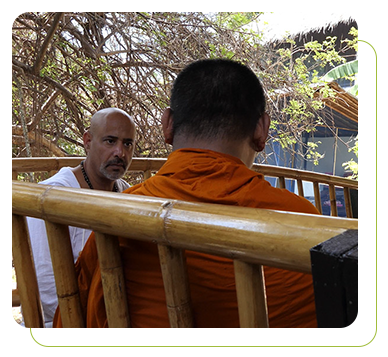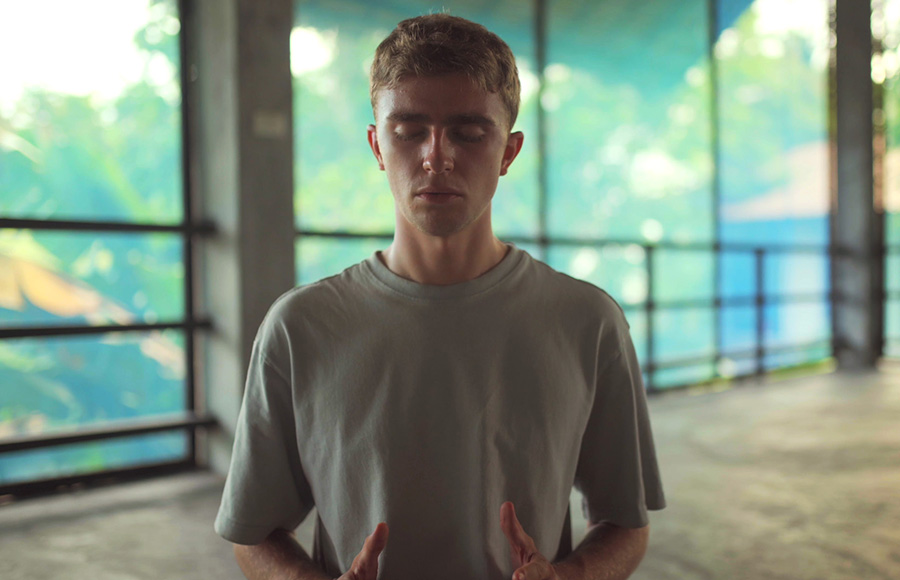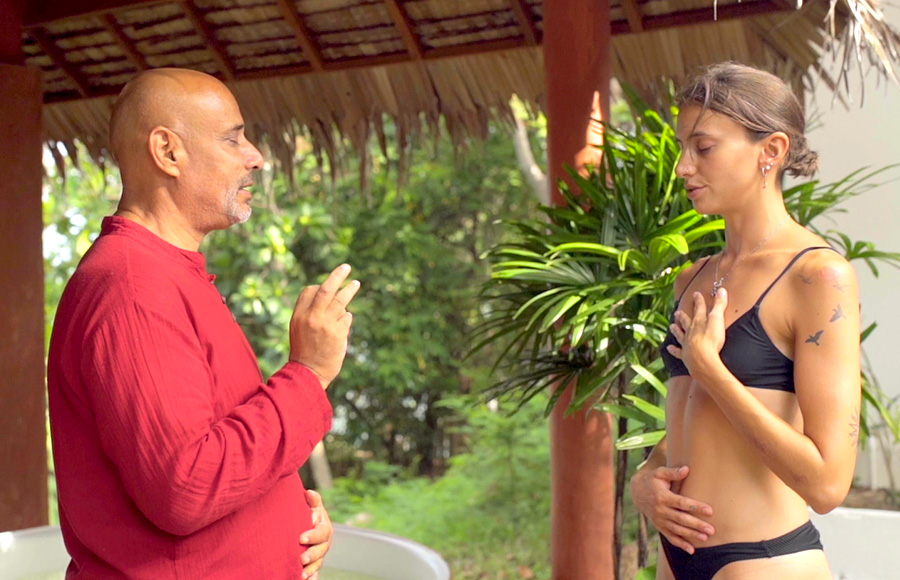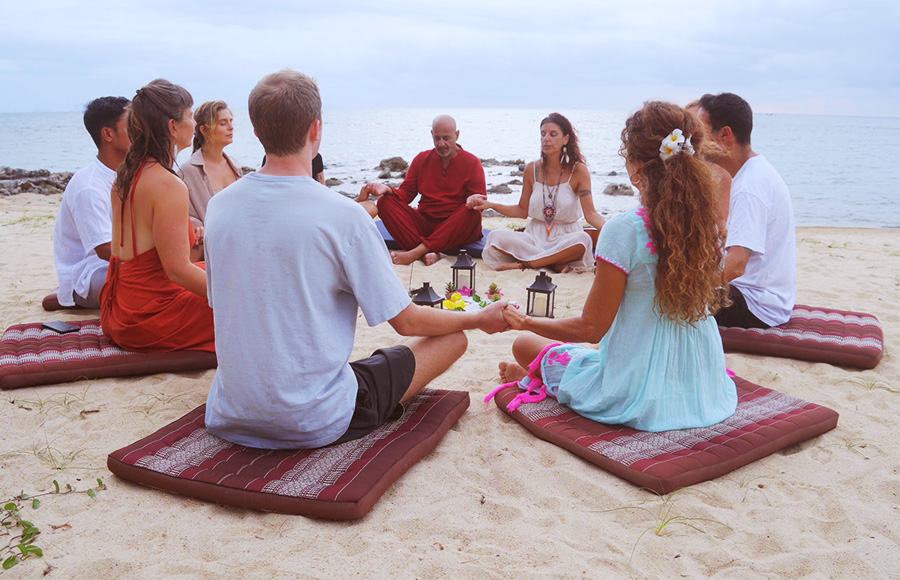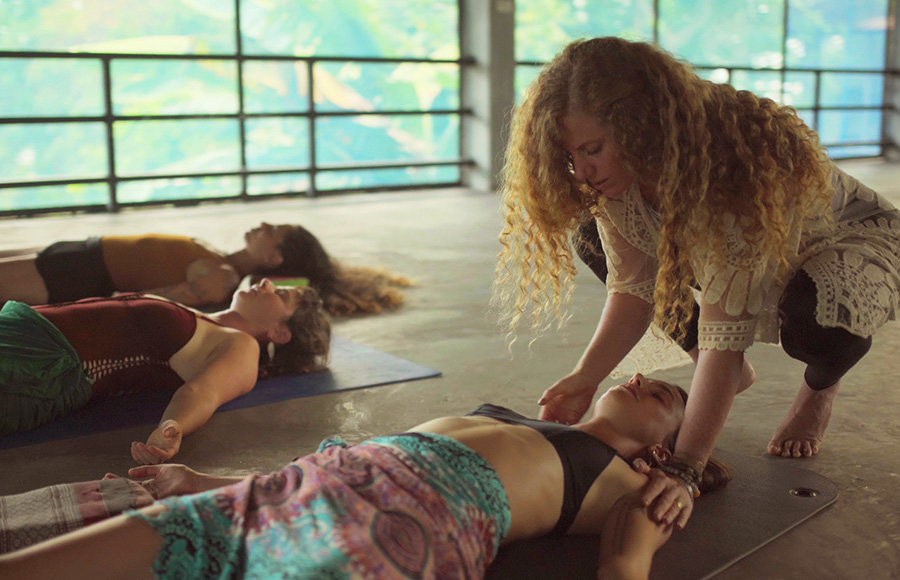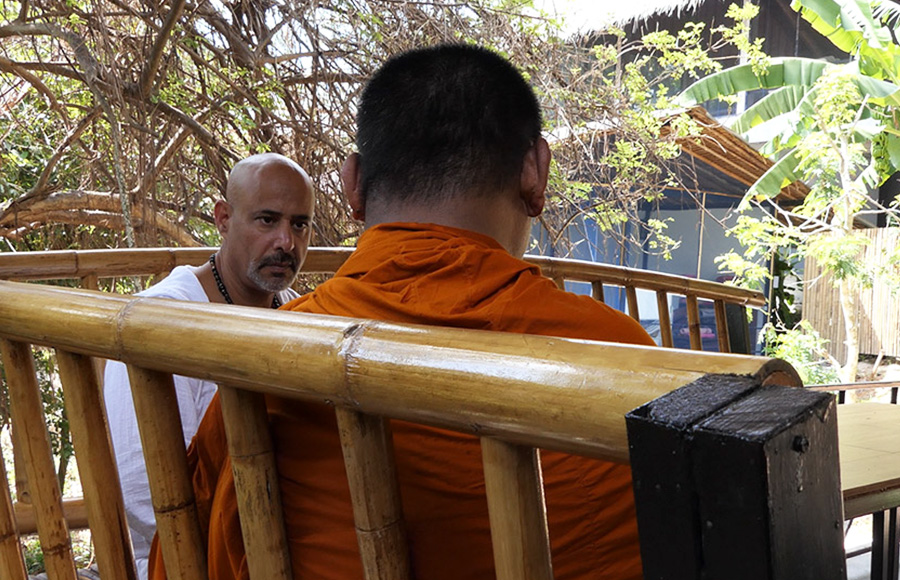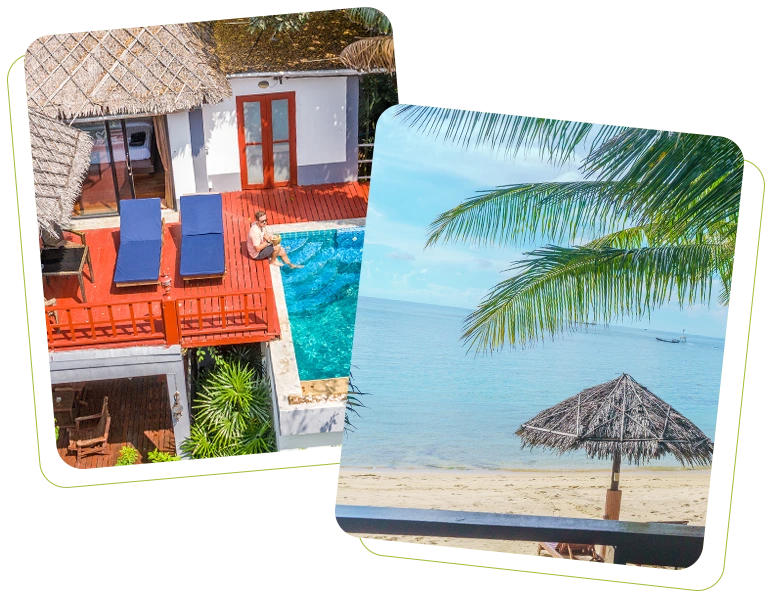Rehab Adaptations That Work: From Visual Tools to Flexible Therapy Models
05 min read

Why Adaptations Are Critical for Neurodivergent Clients
Recovery is never one-size-fits-all. For neurodivergent individuals — autistic adults, people with ADHD, dyslexia, or sensory processing differences — traditional rehab programs often fail because they rely on rigid schedules, group-heavy models, and verbal-only communication.
At Holina Rehab Thailand, we know that small but meaningful adaptations can transform the recovery journey. By using visual tools, flexible therapy models, and inclusive environments, we ensure that every client can engage, learn, and heal in ways that fit their unique strengths.
The Barriers in Traditional Rehab Programs
Rigid schedules that don’t allow flexibility for different processing speeds.
Group-only therapy formats that overwhelm clients with sensory sensitivities.
Verbal-heavy sessions that exclude those who communicate best through visuals or writing.
Lack of awareness around masking, burnout, or trauma in neurodivergent clients.
Without adaptations, many neurodiverse individuals disengage, relapse, or feel that rehab “doesn’t work for them.”
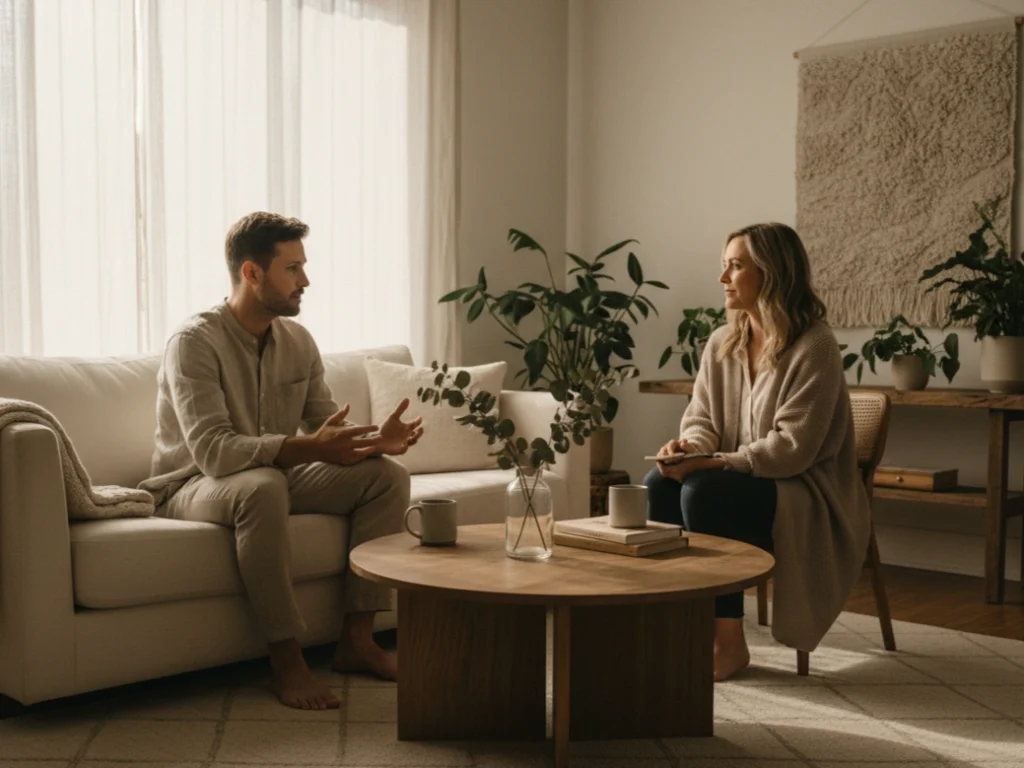
Effective Rehab Adaptations for Neurodiverse Clients
1. Visual Tools for Therapy and Learning
Visual schedules: Clear, picture-based outlines of daily routines reduce anxiety.
Infographics and diagrams: Break down therapeutic concepts into accessible visuals.
Whiteboards, charts, and digital aids: Support focus for ADHD clients.
2. Flexible Therapy Models
Offering one-on-one alternatives for clients who struggle in large groups.
Shorter, focused sessions to match attention capacity.
Breaks and pacing flexibility to prevent overwhelm.
3. Sensory-Friendly Adaptations
Quiet rooms with low lighting for emotional regulation.
Flexible seating (beanbags, outdoor spaces) instead of rigid classroom setups.
Calming sensory tools like weighted blankets or fidget items.
4. Trauma-Informed Adjustments
Avoiding punitive or rigid rules that trigger trauma responses.
Building trust slowly with compassionate communication.
Allowing clients to opt out of triggering activities.
5. Choice and Autonomy
Clients can select therapies that resonate most: creative, physical, spiritual, or talk-based.
Autonomy reduces resistance and increases ownership of recovery.
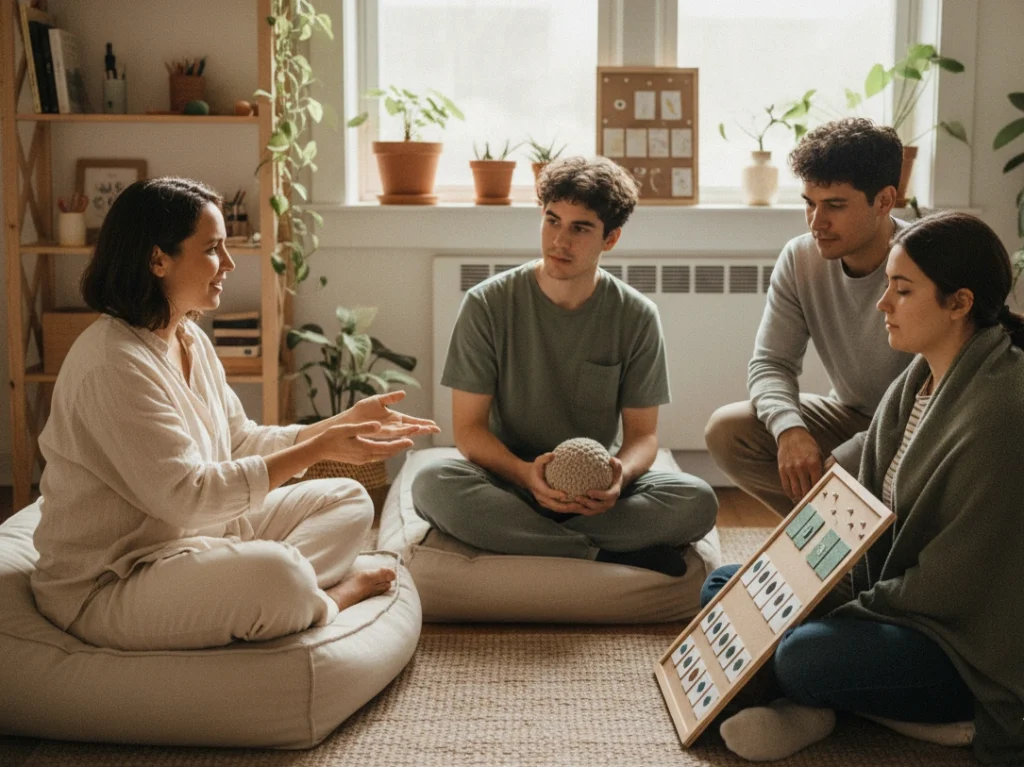
How Holina Implements These Adaptations
Inclusive Therapy Options
Clients can choose between:
Group therapy for community connection.
One-on-one sessions for privacy and focus.
Creative or holistic practices like art, sound, yoga, and water therapies.
Flexible Daily Rhythms
Holina’s programs are structured but not rigid. Clients can adjust timing, pace, and intensity to fit their regulation needs.
Neurodivergence-Aware Staff Training
Our therapists and facilitators are trained to adapt on the spot, recognizing when clients need breaks, alternative communication, or sensory adjustments.
Technology-Assisted Tools
We integrate visual presentations, guided meditation apps, and digital tools to support focus and accessibility.
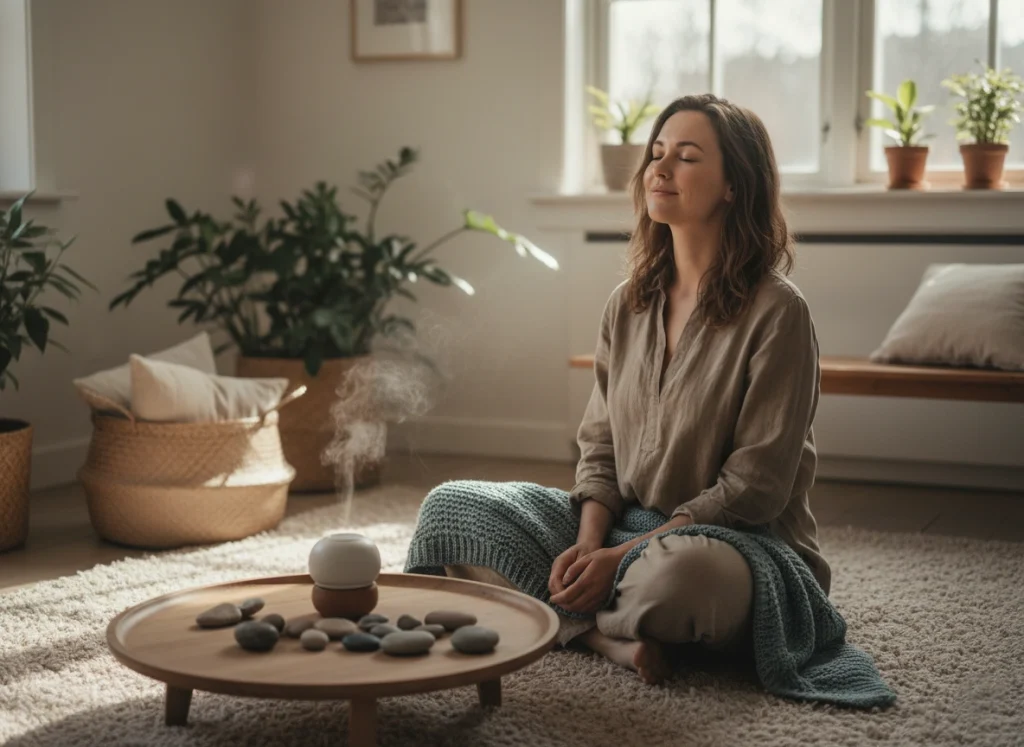
The Benefits of Rehab Adaptations
Higher engagement: Clients stay involved because the program meets them where they are.
Reduced dropout rates: Flexible structures prevent overwhelm.
Improved emotional regulation: Sensory-friendly adaptations reduce stress and anxiety.
Better outcomes: Adapted therapies address root causes while respecting differences.
Case Example: Flexible Therapy in Action
One ADHD client described struggling to sit through long group sessions in a previous rehab. At Holina, shorter one-on-one sessions with visual tools made therapy accessible. Combined with fitness and water-based therapies, the client built confidence and re-engaged with group work — this time without feeling forced.
FAQs About Rehab Adaptations
Q1: Why are adaptations needed in rehab?
Because neurodivergent clients process, communicate, and regulate differently — rigid models can exclude them.
Q2: What are examples of rehab adaptations?
Visual tools, flexible pacing, one-on-one sessions, sensory-friendly spaces, and autonomy in therapy choices.
Q3: Does Holina provide these adaptations?
Yes. Adaptations are built into Holina’s neurodivergence-affirming approach.
Q4: Do these adaptations help neurotypical clients too?
Yes. Flexible, person-centered care improves outcomes for everyone.
Q5: Are adaptations included in Holina’s program?
Yes. Holina’s all-inclusive model covers all therapies, without hidden costs.
Conclusion: Adapting Rehab for Real Recovery
Recovery should never force people into molds that don’t fit. For neurodivergent clients, rehab adaptations like visual tools, flexible therapy, and sensory-friendly spaces make the difference between disengagement and transformation.
At Holina Rehab Thailand, we’ve built a program where adaptation is the standard, not the exception — ensuring every client, neurodivergent or not, has the chance to recover with dignity and success.
📞 Ready to Begin?
Contact Holina Rehab today to start your healing journey:
Phone: +66 (0) 626 418 369
Email: info@holinarehab.com
Website: www.holinarehab.com
About Me
Ian Young
Ian Young is the Global Manager at Holina Care Centres in Koh Phangan, Thailand. Ian oversees the rehabilitation programs that blend the 12 Step model, Psychology, Counselling, Coaching, Somatic and many other therapeutic engagements, alongside various evidence-based therapies with holistic healing practices. Holina Rehab treats addictions, trauma, anxiety, depression, and other emotional challenges, offering comprehensive care in a serene resort environment. Ian, a charismatic speaker and author of “It’s Not About Me” leveraging his own recovery journey from addiction to inspire and guide others toward a fulfilling, addiction-free life.
Recent Blogs
-
29 Nov, 2025
The Power of Community in Addiction Recovery
Tags
Newsletter
Related Blog Post
- Trauma
- 2 Oct, 2024
What is PTSD rehab?
- Holina Rehab
- 8 Apr, 2025

















